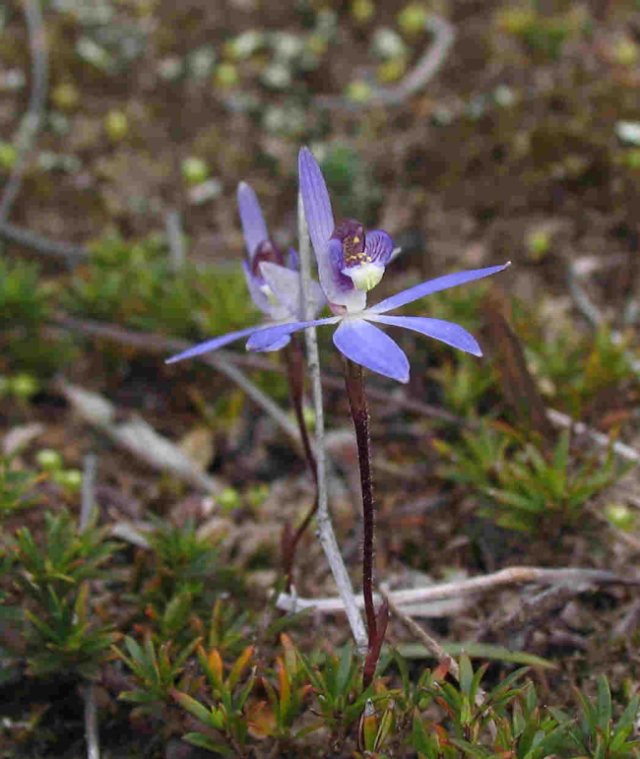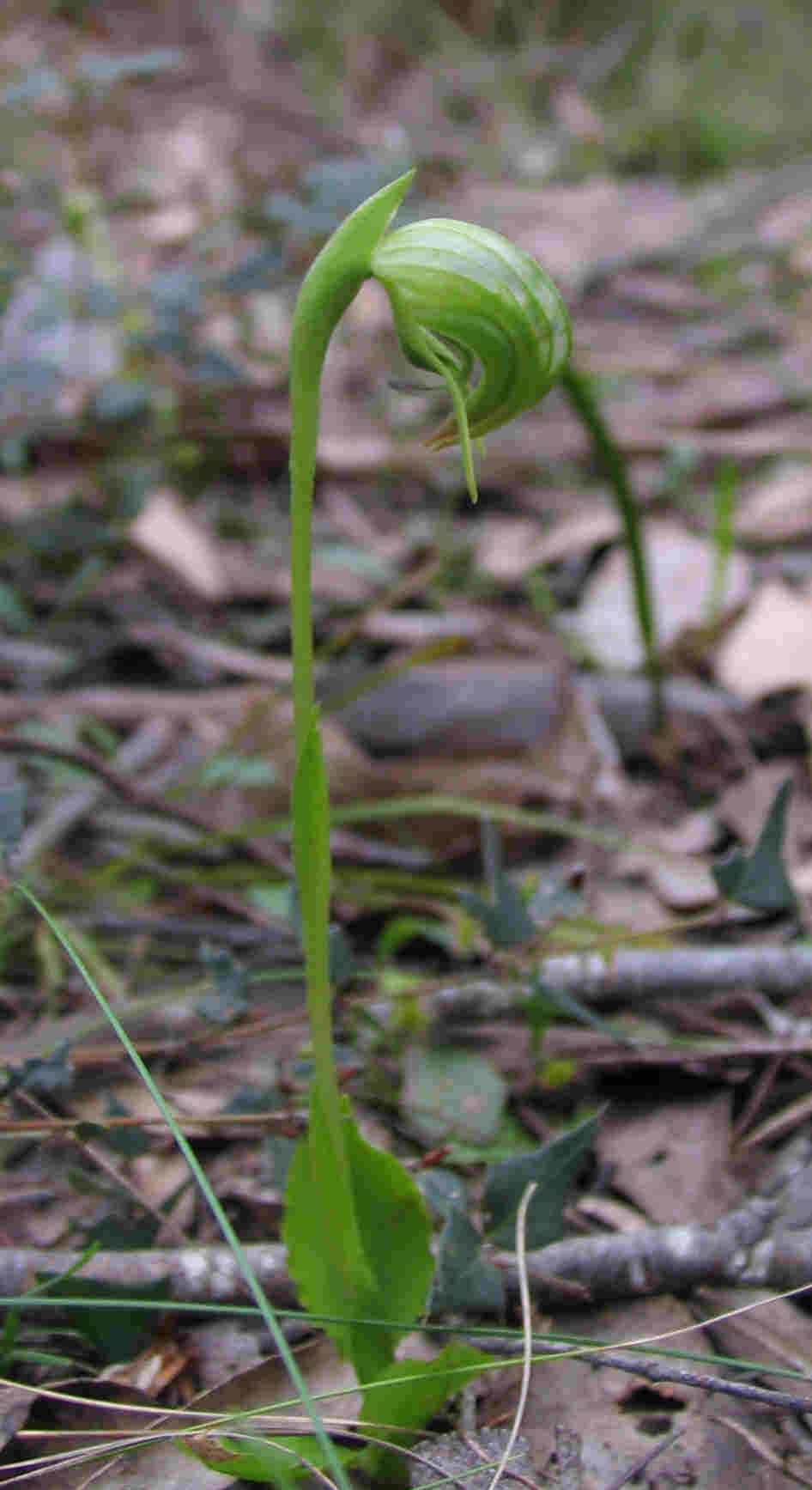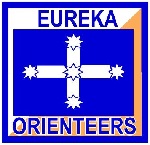Environmental Concerns
Orienteering is a sport that is staged in the natural environment. It helps to educate people about the national parks, state forests and private land where we hold events. It helps to train competitors’ navigation skills in unfamiliar terrain, while respecting the sustainability of our fauna, flora and terrain.
Some people believe that the staging of orienteering events causes damage to the environment. While there is some short-term impact, this is minimal, mainly because each individual participant has to choose their own path around their course. Typically there are several different courses at each event, so there is minimal impact on any specific location. Revisits to the sites of large national carnivals involving upwards of 1000 participants reveal minimal or no evidence of long-term environmental impact, with most short-term evidence of an event being staged vanishing after a few days. Events are also staged on different maps on a rotational basis, to balance our use of bushland across several areas over time. Orienteers are also typically environmentally sensitive citizens, and Eureka always endeavours to leave our bushland areas in the same or a better state than they are found.
Eureka’s Sustainability Initiatives
Following the 2009 VOA Strategy Day on 15th February at Macedon, the Eureka executive agreed to implement the following + environmentally-friendly initiatives at state series and local events
- eliminate A4 handouts at all events + use A3 display, noticeboard or whiteboard notices
- eliminate plastic cups at water points + use biodegradable cups
- avoid towing toilets to events + use existing toilets at finish areas
- avoid setting up tents in bush + site start/finish in clear areas
- tapes or rubbish in bush + leave the area cleaner after event than it was
- lack of assistance for newcomers + identify helpers for newcomers
- parking along roads or in bush + park in fire breaks/clearings
- no water on courses + set water on courses every 25 minutes
- no organised transport to events + promote car pooling – minimum 2 people/car
- develop remote bush maps + develop maps close to towns/schools
- eliminate A4 result displays + use recycled slips/slats linked to SI
- cut water spillage at events + use pumps, dispense cups bottom up
- eliminate nailing signs to trees + use cord/tape ties and existing road signs
- avoid using bins at events + carry out your own rubbish
- avoid running events on Fireban days + only specified urban maps used on Fireban
- decrease complexity at events + keep it simple
- decrease dependence on club gurus + increase expertise in club members
- increase emergency/fire awareness + display first aid and emergency information
This is a start on reducing the footprint of orienteering in our suburban and bush events. Organisers and participants will add to/modify this list as the season develops with your assistance. Just send your suggestions to the Ian Chennell, EU webmaster. A revised list will be maintained here.
Event Management
Managing orienteering events involves awareness of environmental issues by both organisers and participants. Orienteers have devised an environmental code of conduct to help educate those who participate in the sport. Orienteers can also assist conservation and land management authorities to manage land issues such as noxious weed identification.
Flora and Fauna Appreciation
Orienteering also enables people to get out into bushland and forest areas that most people are unaware of; this is one of the privileges of this activity! Come and see the Australian bush in Spring, with wildflowers in bloom, or enjoy the fresh smell of the forest after an Autumn rain when all the creeks and watercourses are flowing and the wildlife is out. Many orienteers do not participate in the sport for serious results and fast times; they enjoy orienteering as a “structured excuse” to get out in the bush for a walk, with the confidence of being able to leave roads, tracks and paths behind and head into native bushland, with a detailed map to guide their way.

Blue Fingers

Nodding Greenhood

Enfield Heath – Victoria’s State Flower
